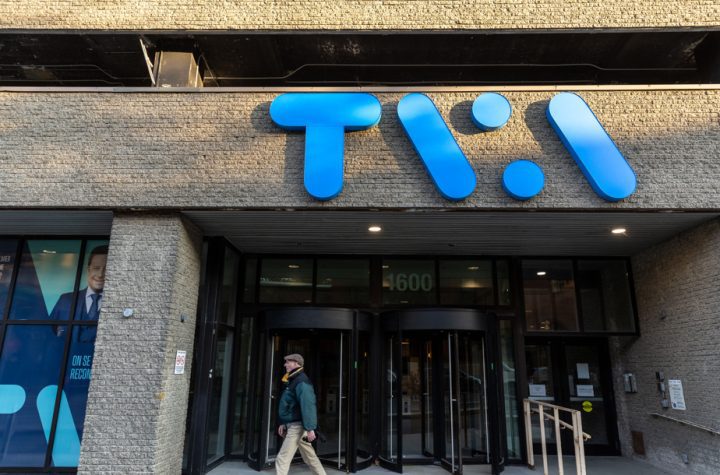
Employee turnover is one of the most expensive parts of running a business. According to SimplyBenefits, turnover can cost 30% to 400% of an employee’s annual salary. That means every employee, be they entry-level or high-level, needs to stick around to keep ROI high.
How to Reduce Employee Turnover in Your Company
Reducing turnover is more important today as the world faces a shortage of skilled workers, but a talented workforce will surely knock on your door and stay long-term if you do the following.
Review Your Turnover Rate
Anonymous surveys and exit interviews are all well and good, but your employees are under no obligation to tell you the truth. If your turnover rate is high, that often indicates a problem with management or culture, so your employees risk burning a bridge if they try to help you.
If you want to know why your employees are leaving, research companies that have a low turnover rate. See what they’re doing and try to mimic it, if possible. For example, if talent in your industry prefers to work remotely, become a hybrid or fully remote work environment.
Become a Great Place to Work
It’s time to look at your company with a critical eye. A positive work culture and an engaged workforce are necessary to keep staff. However, toxic work environments aren’t just inefficient; they also negatively affect your reputation, your employee’s wellness, and your bottom line.
An employee recognition strategy coupled with custom rewards, like the ones from Able Recognition, will show you appreciate your staff. But rewards aren’t enough. Employers have to give honest feedback to their employees if they want to keep morale and productivity high.
Improve the Hiring Process
No matter how much you try to fight it, the process of recruitment has changed. Employees have all the power, but that isn’t a bad thing. There’s nothing negative about being honest on job postings, considering company culture in the hiring process, and onboarding hires properly.
Hiring the wrong person affects your entire organization. Employees will either leave right away or stick around because they need a job. In both scenarios, you’re losing money, time, and productivity, so be sure to examine how, who, and where you’re hiring to find a better fit.
Review Pay and Benefits
Inflation is making it harder for everyone to make ends meet. For this reason, employees want to know upfront what you’re paying for the position. It doesn’t mean they only care about money, but if they don’t make enough of it, they won’t be able to give 110% to your organization.
Financial stress will affect your employee’s performance, but If you can’t pay the market rate or more, consider improving your benefits package. Quality talent will leave a higher-paying job if they receive flexible work hours, employee discounts, and access to mental health programs.
Internally Promote and Train
Before recruiting off-site, take a look at your current workforce. Is there a leader on your staff? Do your team members learn quickly? Are there any talented individuals who could move into another position? Does anyone have a secret talent or skill that they could use on the job?
If you invest in training your employees, they’ll feel more committed to the future of your business. Likewise, promoting from within will help your staff feel appreciated. But if you can’t find a specialist in your ranks, create an employee referral program to find outside candidates.
In Conclusion…
Fixing high employee turnover is a multi-step process, but you have to take an honest look at your business to truly tackle this problem. While this can be difficult, these changes can and will reduce your turnover rate while simultaneously making your organization a great place to work.





More Stories
Where to Start Automation. Monitor Stands
Amid Rising Water Rates, Property Managers Save 15 to 35 Per Cent With Canadian Water Savings’ Smart Valve™
The Casino Industry’s New Era: Navigating the Surge of Online Gambling